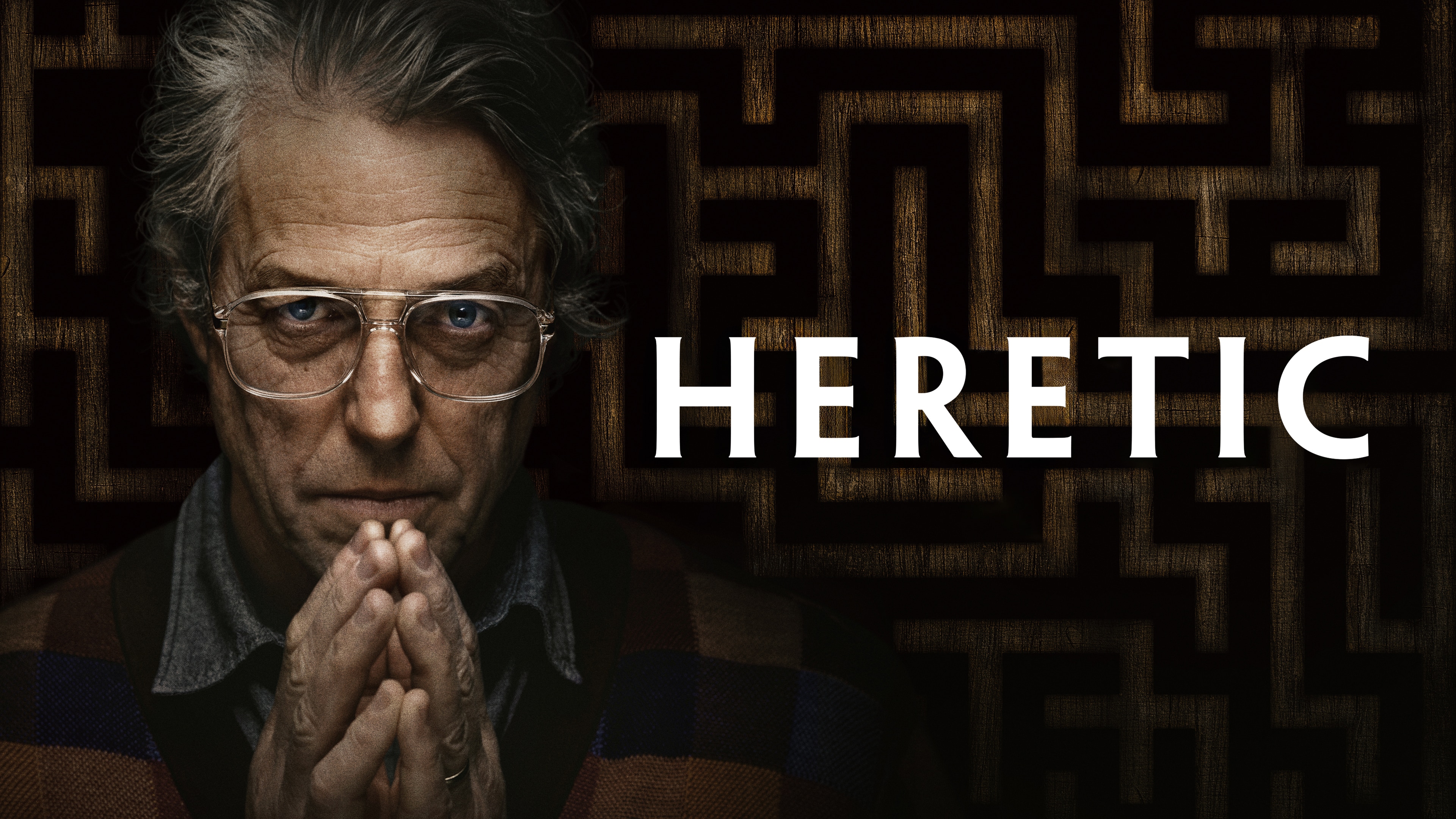Demonic vs. Divine: Exploring the Duality of Anime Swords
In the sprawling universe of anime, swords serve as more than mere weapons; they embody the souls and histories of their wielders. This duality between demonic and divine swords illustrates the thematic complexity within various narratives. From the sinister blades that represent the dark side of humanity to the radiant weapons that symbolize heroism and purity, the contrast between these two types of swords offers a captivating exploration of morality, struggle, and destiny in the anime world.
The Symbolism of Demonic Swords
Demonic swords are often imbued with malevolent powers, embodying chaos and destruction. They are typically forged in the depths of despair, reflecting the darker aspects of the human experience. Characters who wield these swords often face internal struggles marked by moral ambiguity. A prime example of this is found in series such as “Berserk,” where the Dragonslayer sword, while symbolizing the struggle against evil, is also a stark reminder of the burden of power. These blades often grant extraordinary abilities at the cost of the wielder’s humanity, highlighting the price of embracing darkness.
The Radiance of Divine Swords
Conversely, divine swords often represent hope, justice, and strength. They are frequently wielded by protagonists embarking on a quest to protect their world, upholding virtue against the forces of evil. The legendary Excalibur, emblematic of honor and nobility, resonates strongly within many anime narratives. In series such as “Fate/stay night,” Excalibur becomes a part of the identity of its wielder, encapsulating the ideals and values that define them. These divine blades serve not just as tools of warfare but as symbols of the light that guides characters through their trials and tribulations.
The Place of Anime Sword Shops
The fascination with anime swords has led to a burgeoning industry centered around anime sword shops, where fans can purchase replicas and collectibles. These shops often feature a wide range of swords, from the most fearsome demonic blades to the most revered divine weapons. They serve as a sanctuary for enthusiasts, allowing them to own a piece of their favorite series while being surrounded by the rich lore that each sword represents. These shops also act as cultural hubs for fans to share their passion for anime, indulge in cosplay culture, and discuss the deeper meanings associated with these iconic weapons.
The Cultural Impact of Sword Duality in Anime
The duality of demonic and divine swords extends beyond the mere aesthetics of the blades themselves. It influences character development, plot progression, and thematic expression in profound ways. The presence of a demonic sword can create tension and conflict, leading characters to confront their inner demons and make choices that resonate with audiences on a deeper level. On the other hand, divine swords inspire narratives of hope and redemption, challenging characters to rise to greatness despite overwhelming odds. This interplay not only enriches the storytelling experience but also reflects the complexities of human emotions and the age-old struggle between good and evil.
Conclusion
The exploration of demonic versus divine swords in anime offers a window into the myriad ways that these weapons can reflect the human condition. Through their unique designs, origins, and the narratives they inhabit, these swords serve as powerful symbols of the eternal battle between light and darkness. As fans visit anime sword shops to acquire their own pieces of this intricate world, they carry with them the legacy of their significance and the stories that continue to inspire generations. Whether one is drawn to the allure of a demonic sword or the nobility of a divine blade, the duality of these weapons will undoubtedly remain a core theme in the ever-evolving landscape of anime storytelling.





